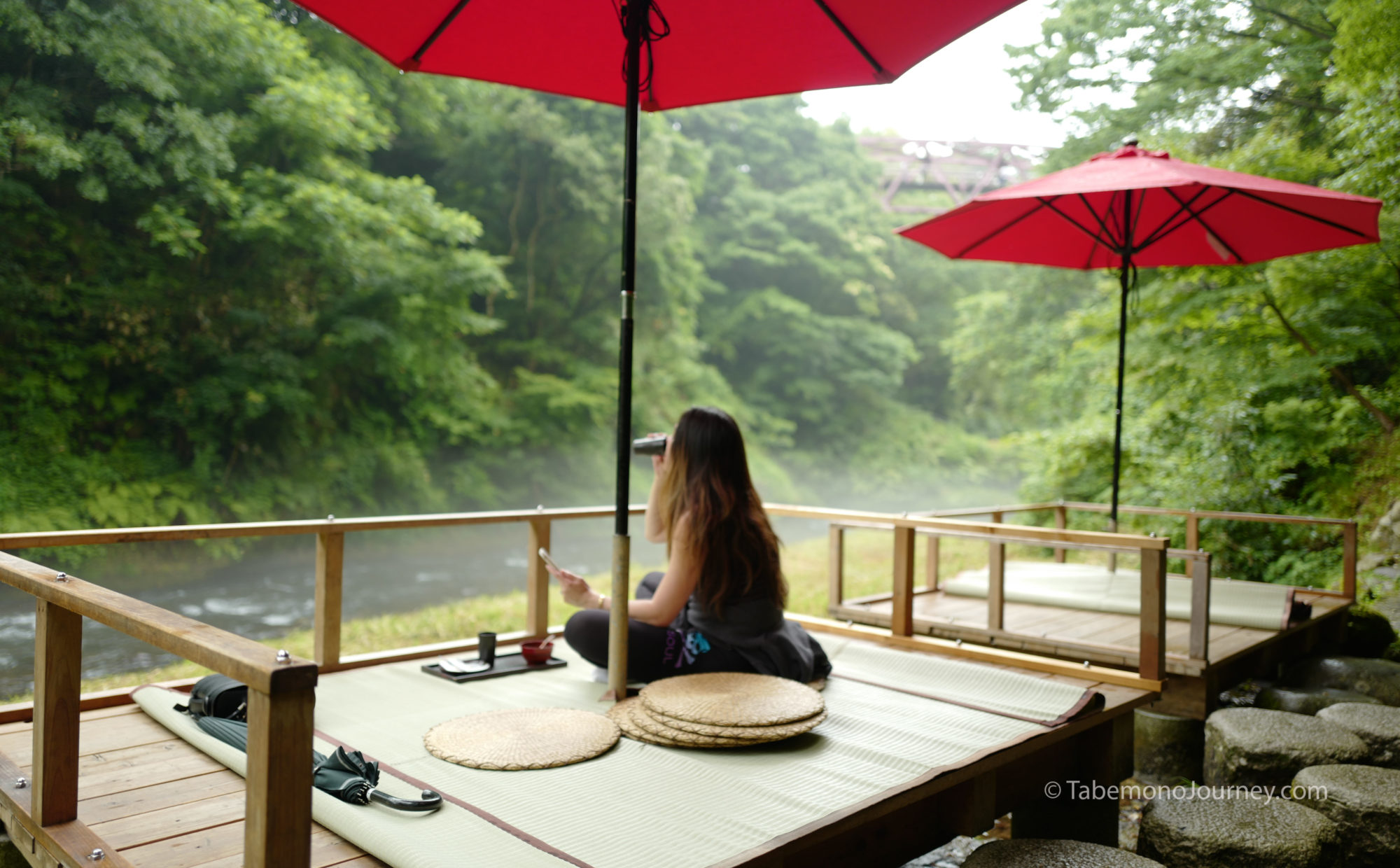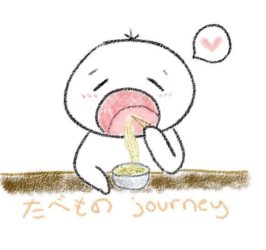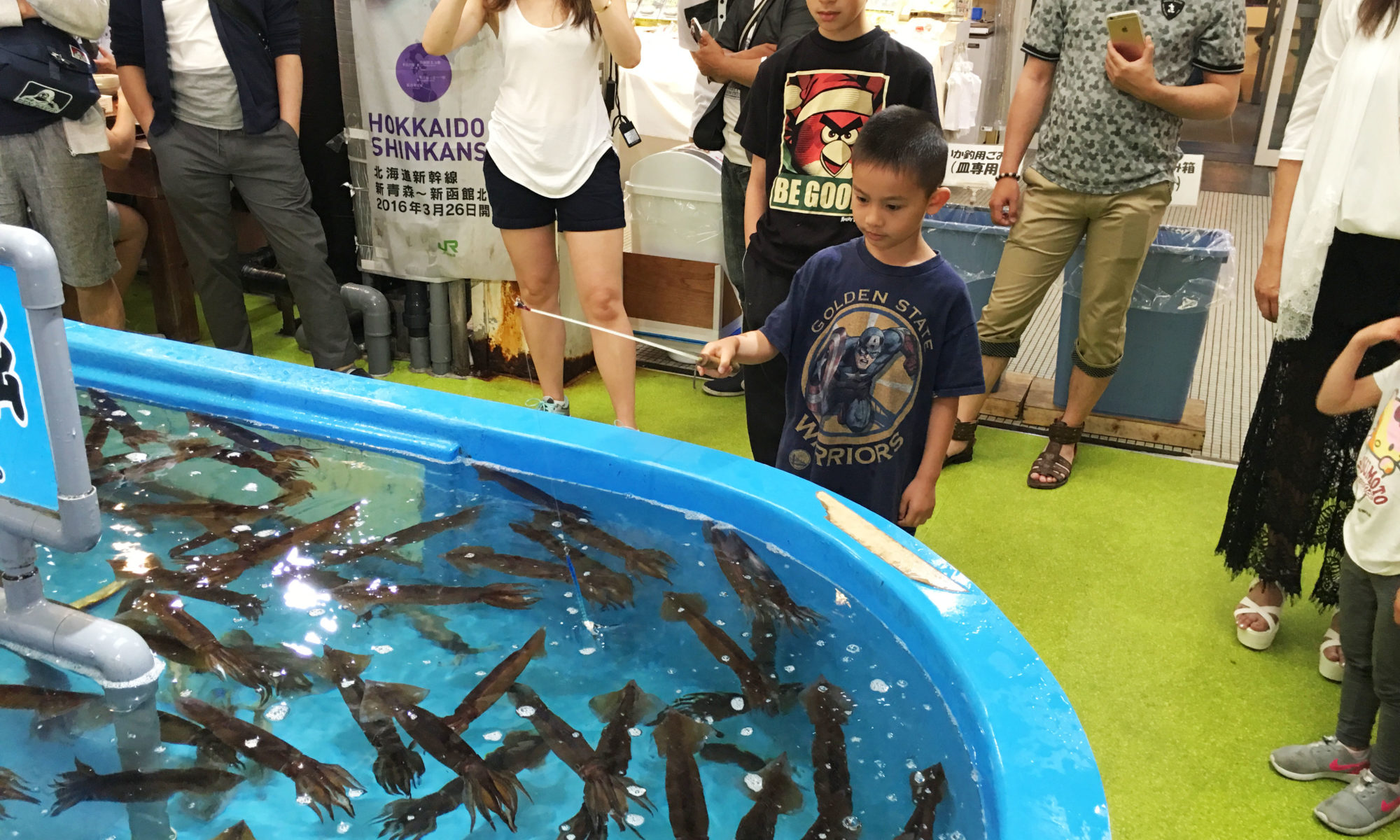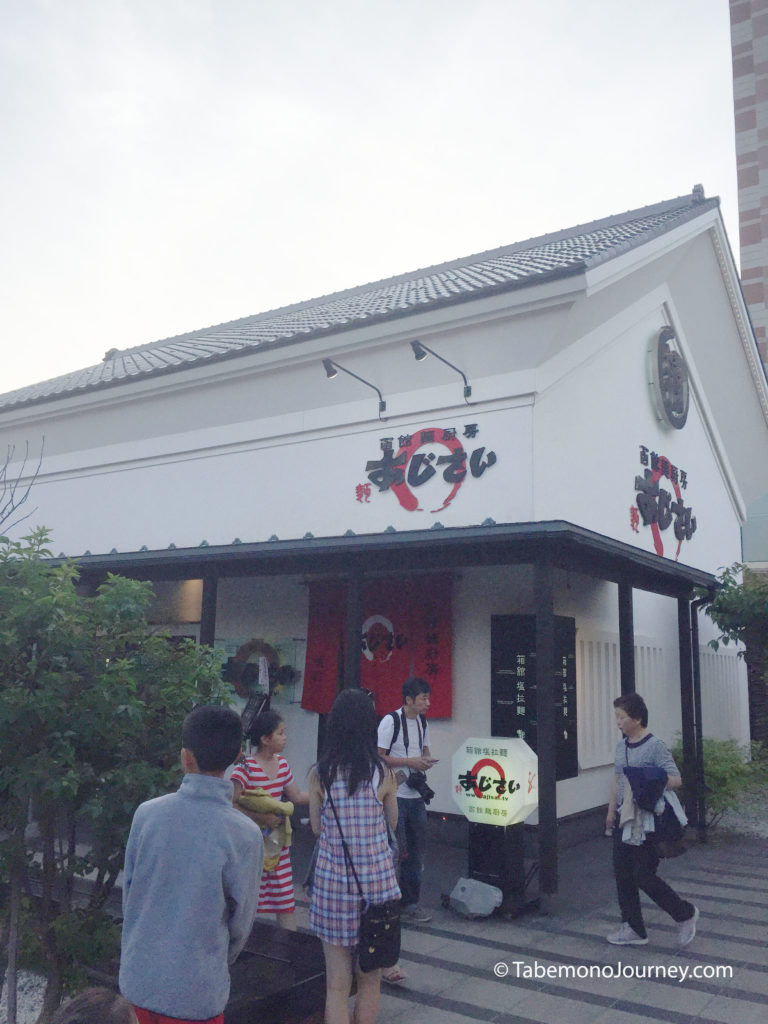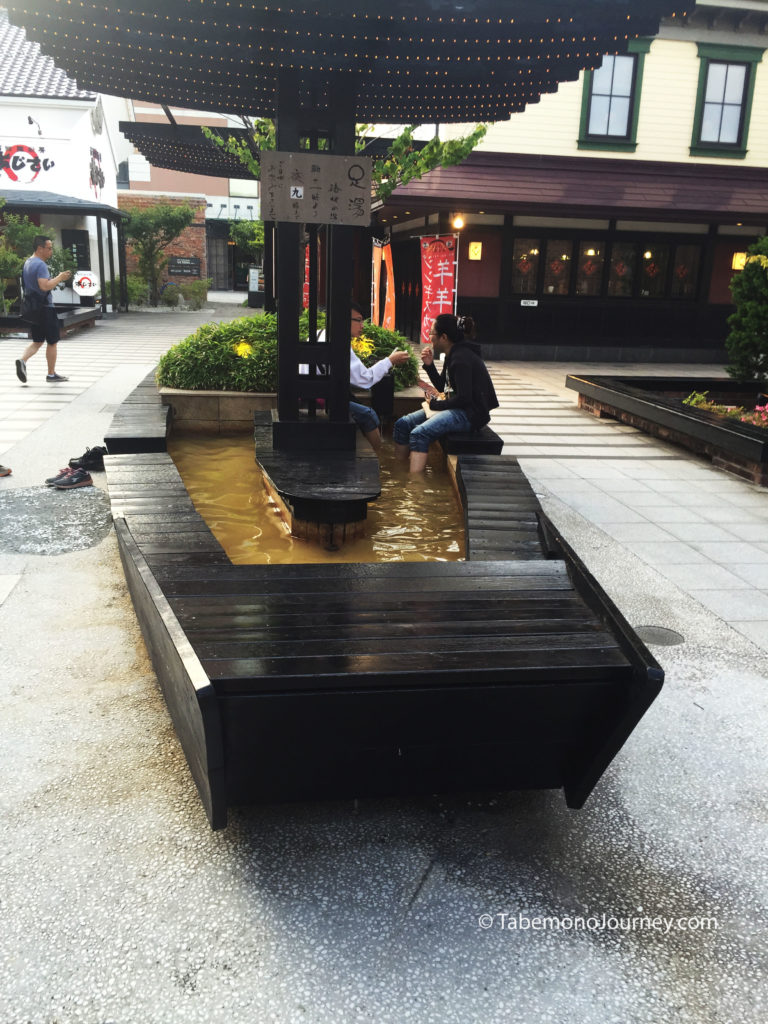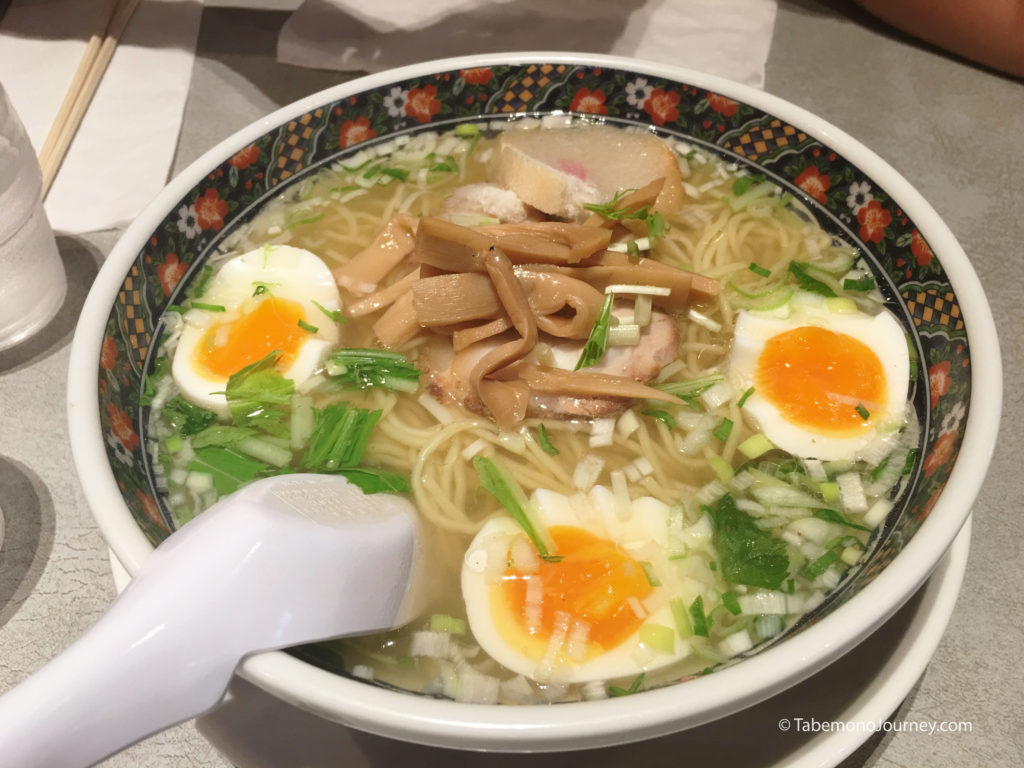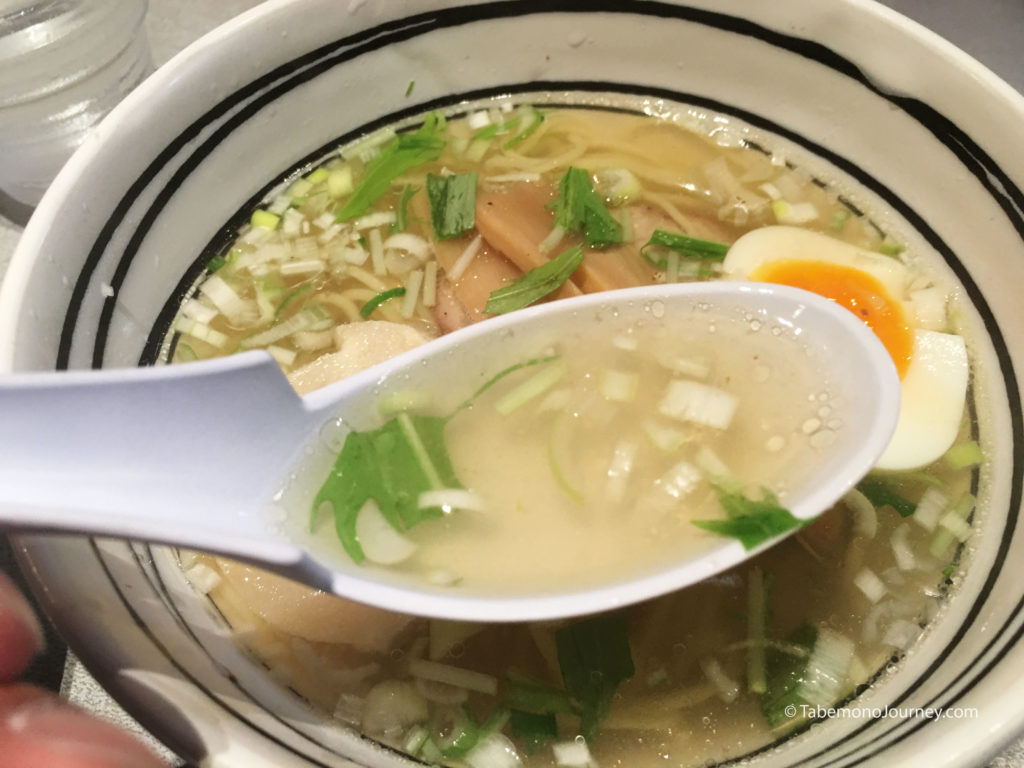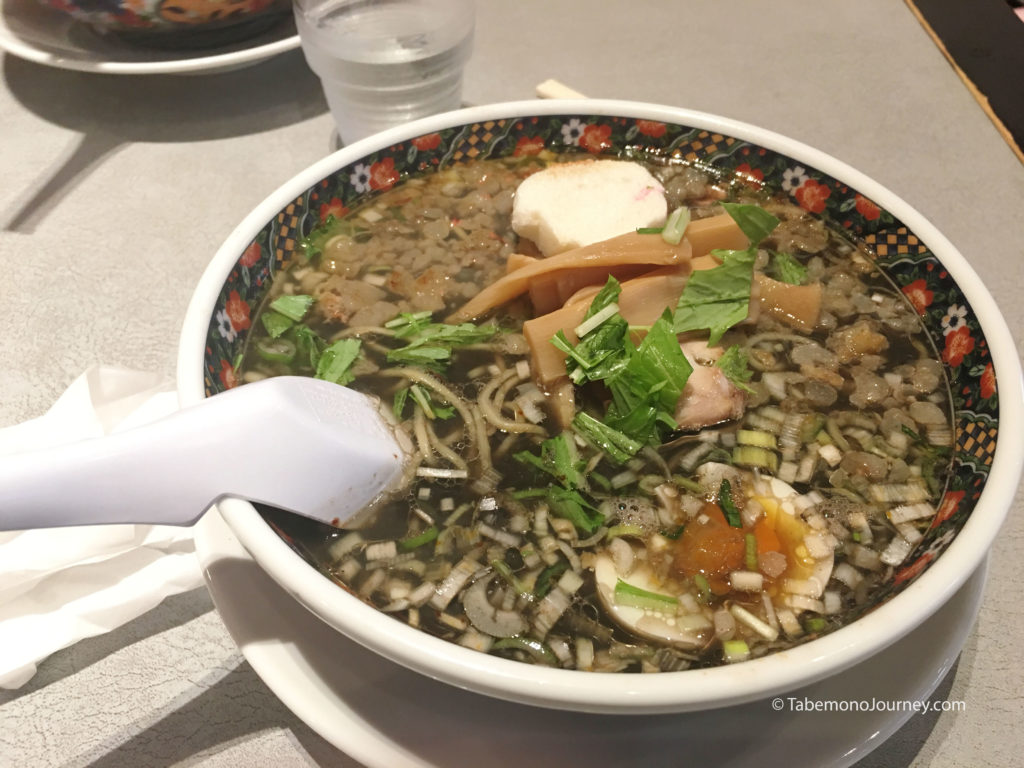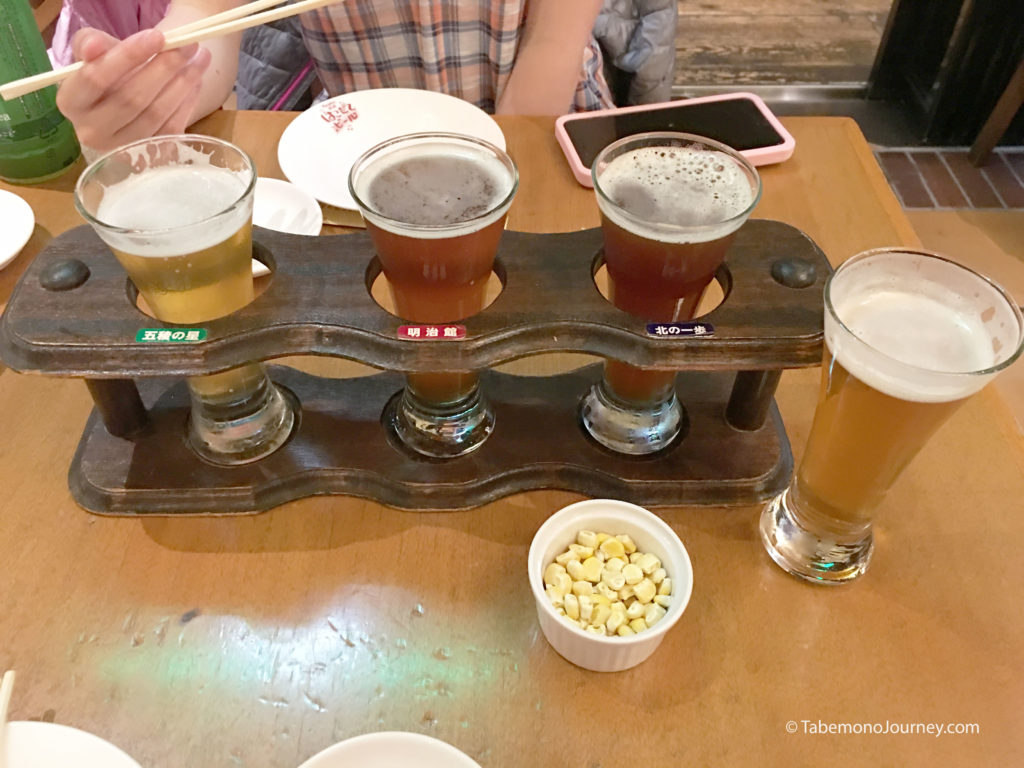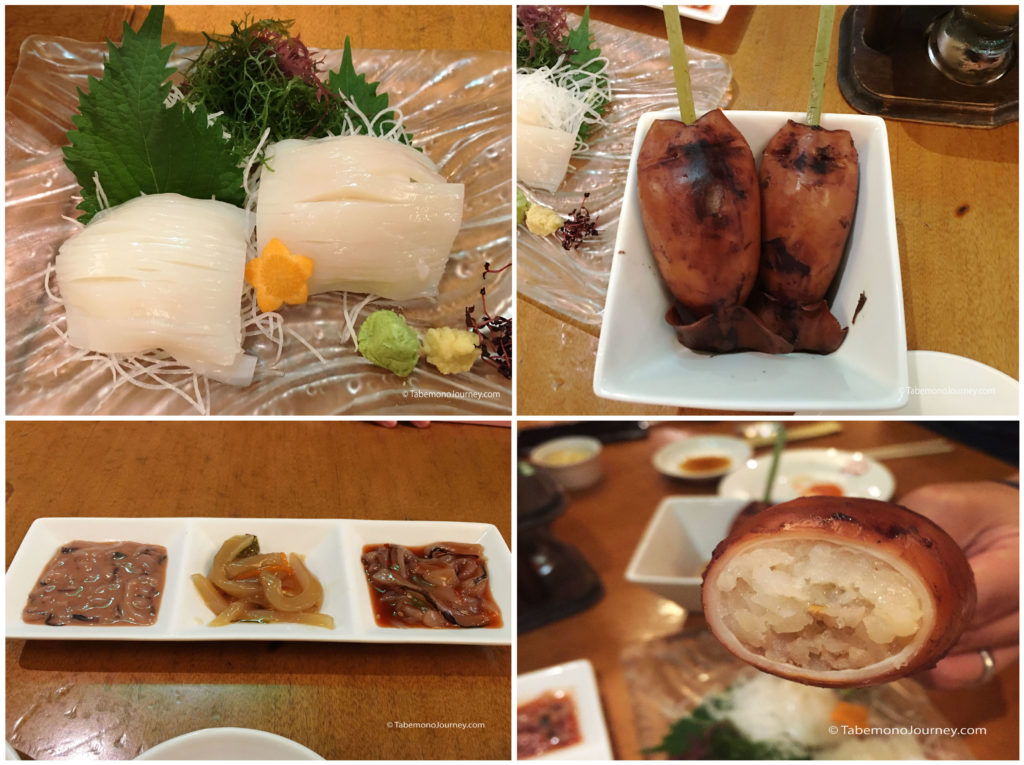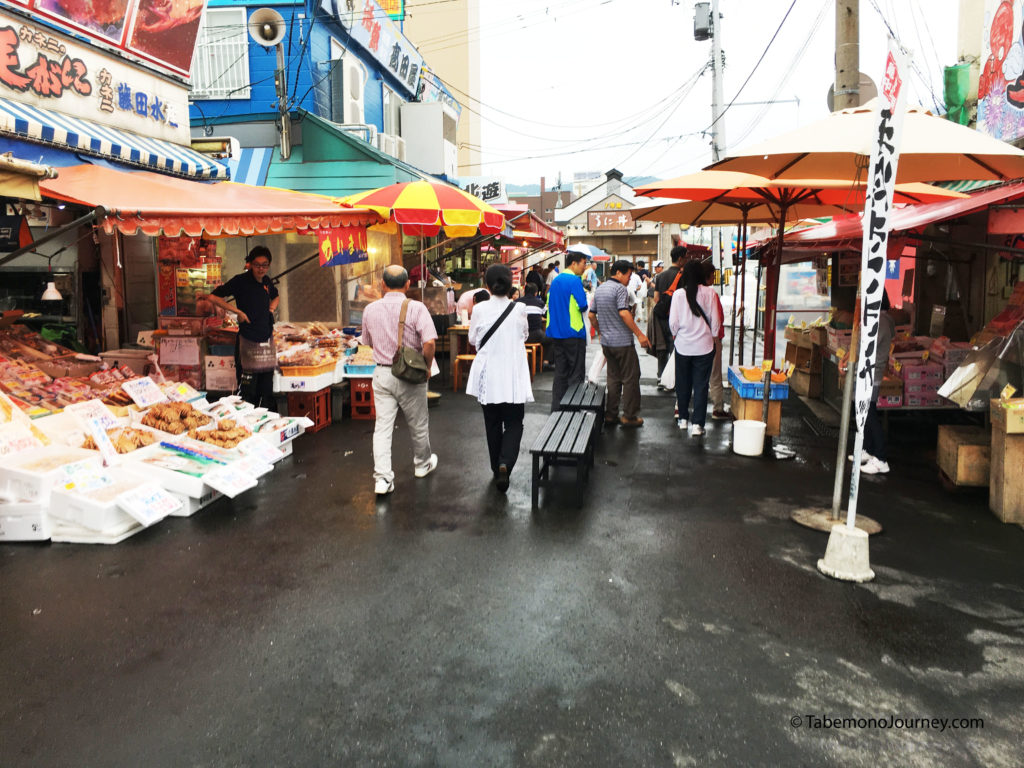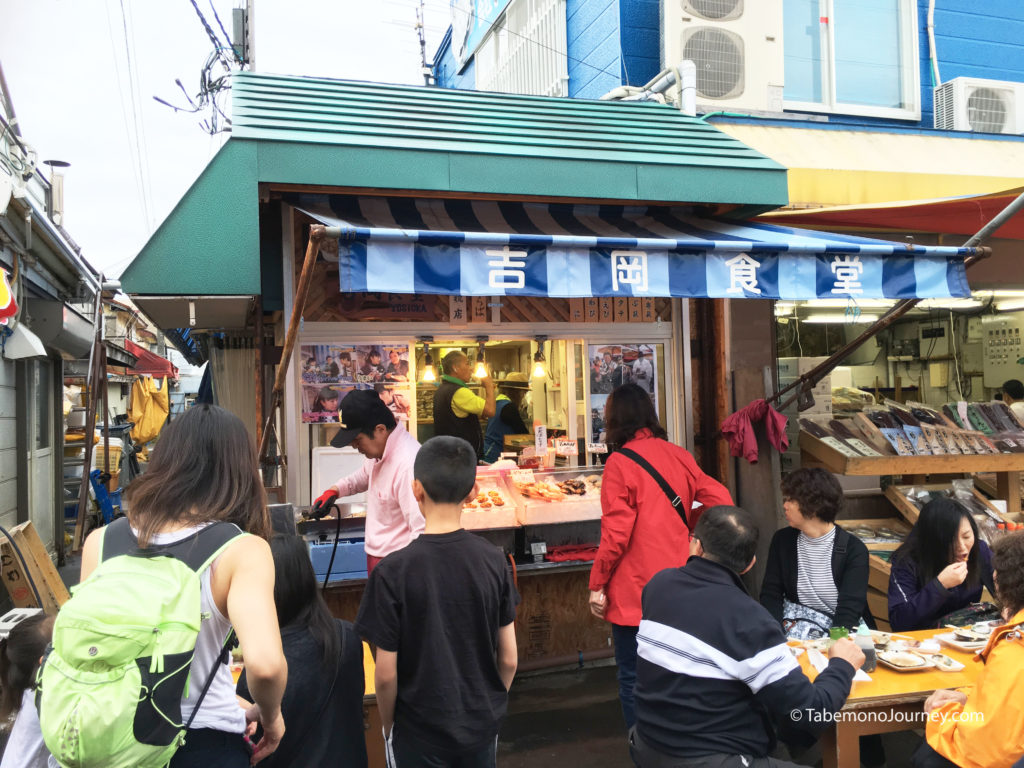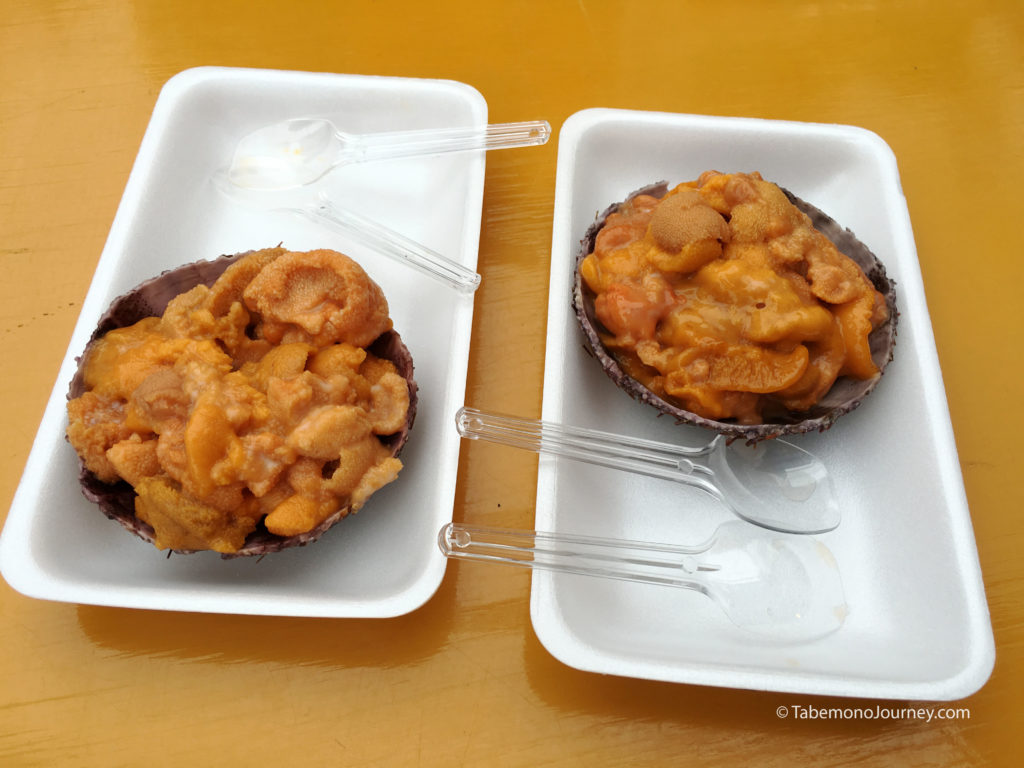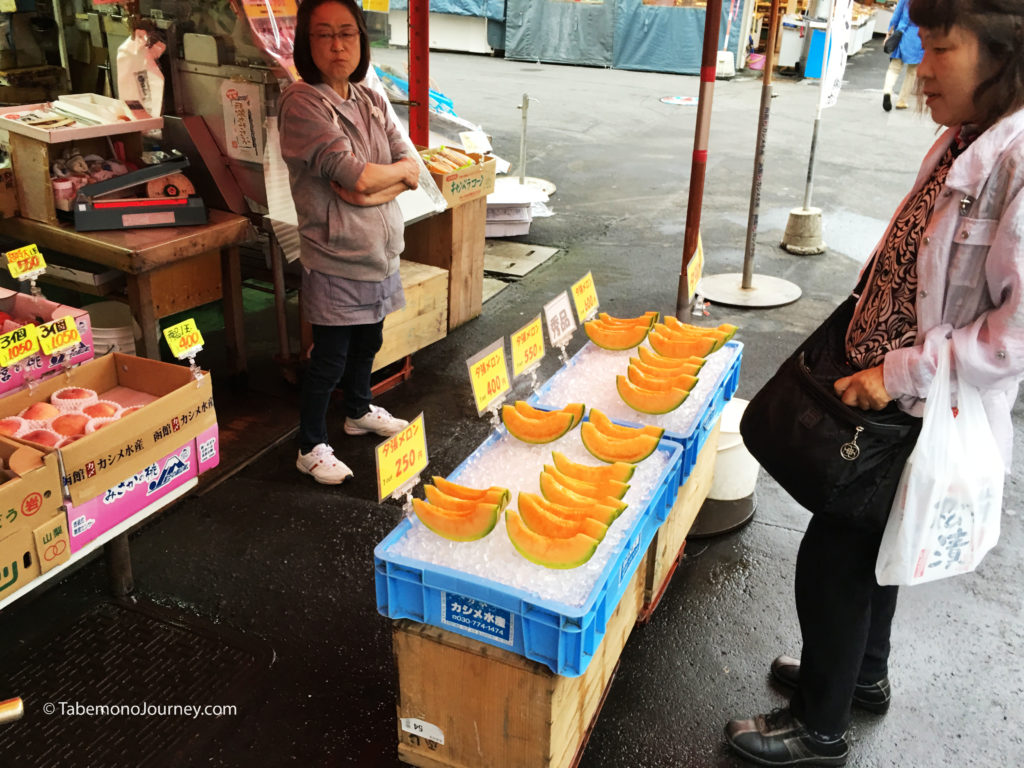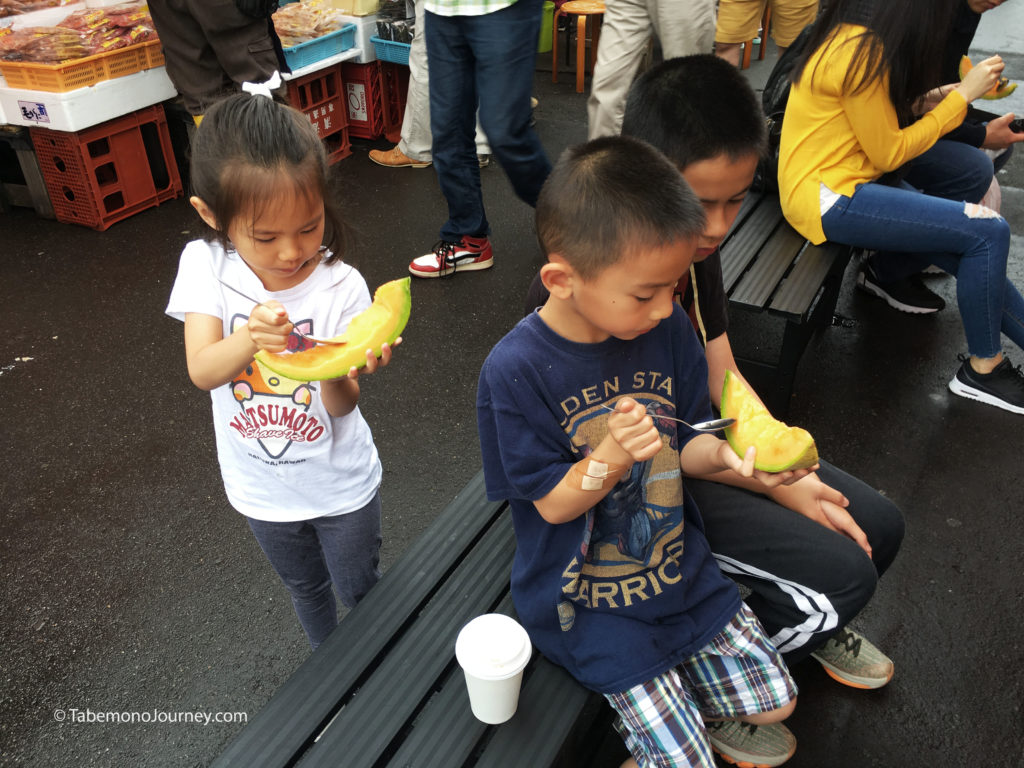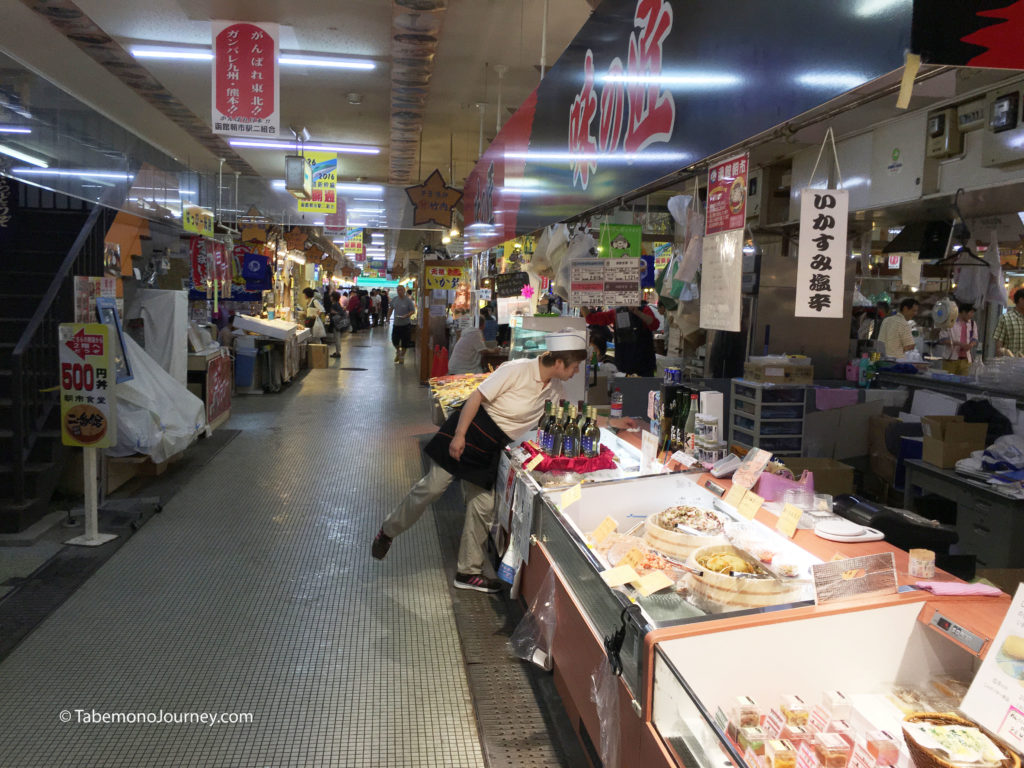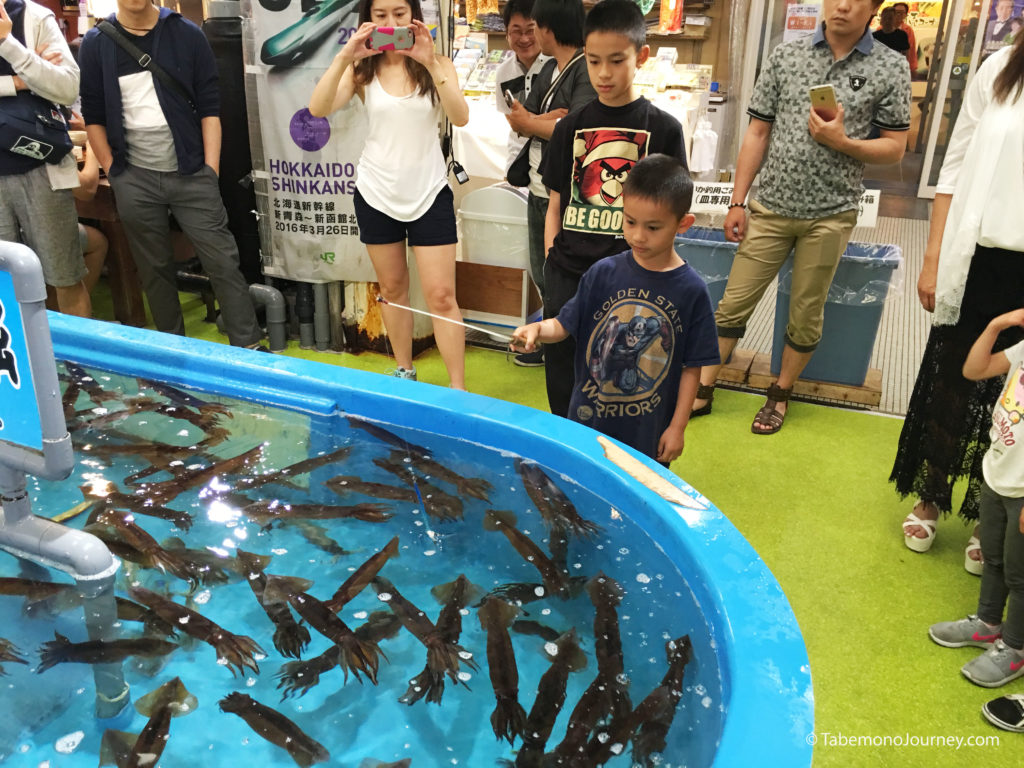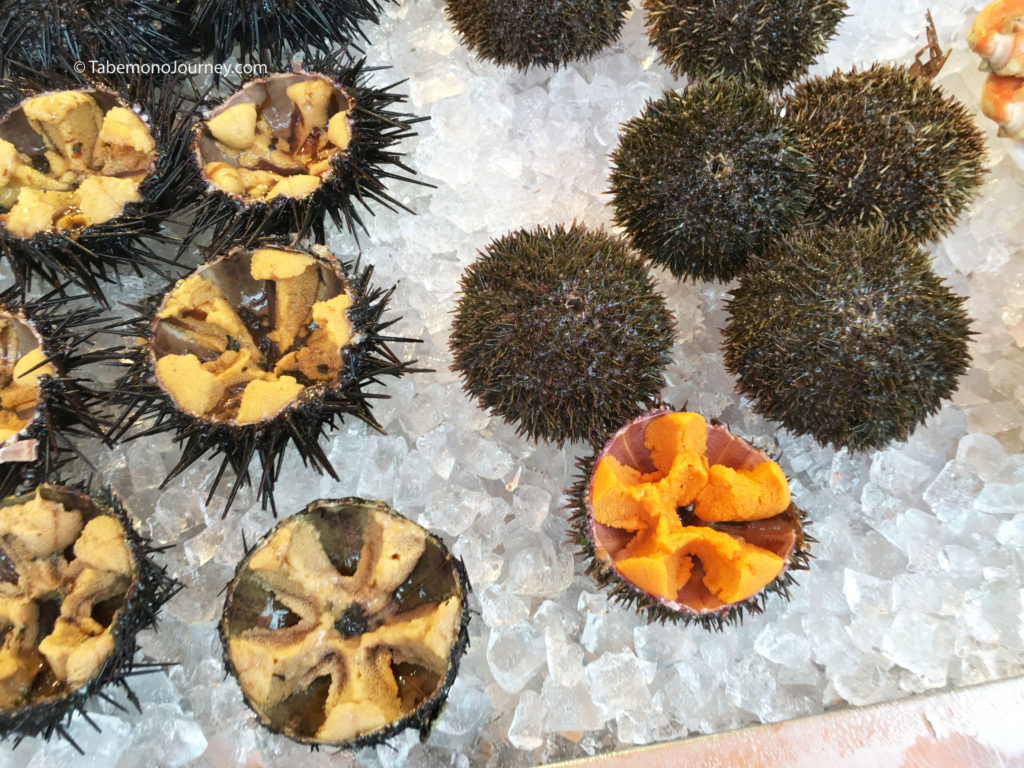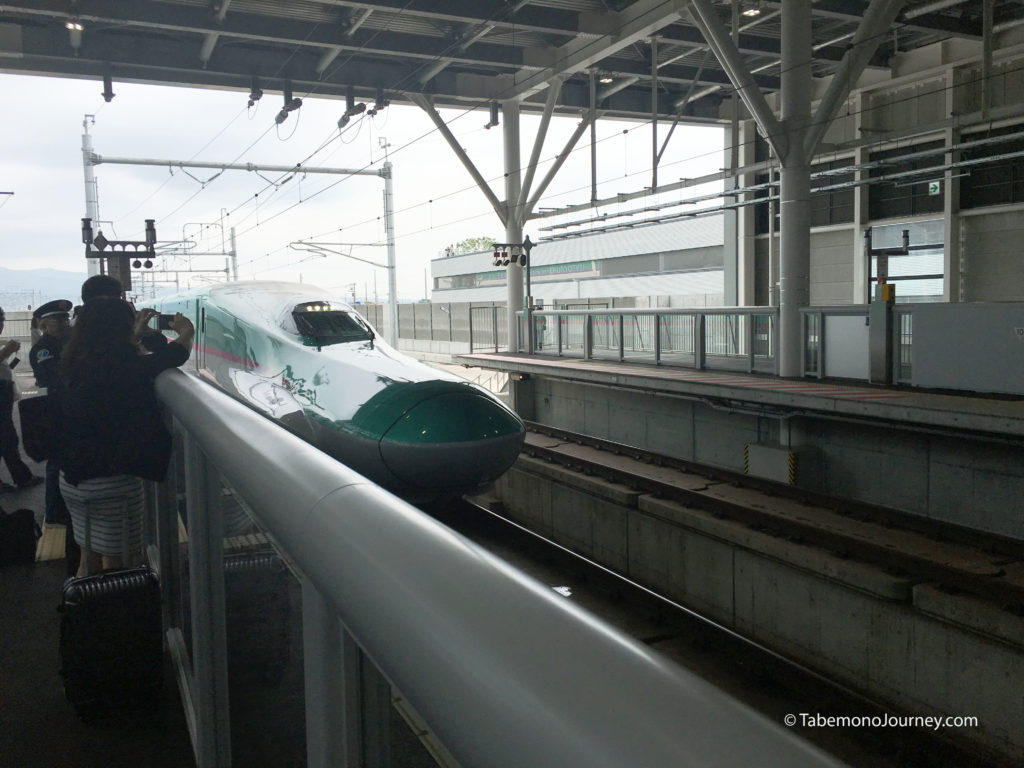The port town of Hakodate, which is Hokkaido’s third largest city, wraps up our final destination of Japan’s northern most island. Hakodate was Japan’s first port city that was opened to foreign trade in 1854, after years of Japan’s era of isolation. As such the city has experienced multiple foreign influences that shaped its town landscape, food, and culture. Many of the buildings stayed intact since the 1800s and are some of the primary attractions of the city.
Unfortunately, we only planned on a one night stay in Hakodate. From our last post about Niseko, our next destination was Hakodate which is about a two and half hour drive. By the time we arrived it was already 3pm in the afternoon and after checking into our hotel, and returning our rental car, we only had a half day left and the next morning to venture in Hakodate.
One of my must-do for Hakodate was to experience shio ramen which the city is famous for. The city tour information mentioned that shio ramen was brought in by the Chinese merchants who set up shop that included the popular salt broths that were popular in the Jiangan region of China.
While I wanted to try “Hakodate Chinese Cuisine Seiryuken” as it was published in the Michelin Guide for their shio ramen, they were closed on the day we arrived in Hakodate. The back-up plan was Ajisai ramen. They have four locations spread across Hakodate and once conveniently within a 10 minute walk from our hotel.
The Kurenai branch of Ajisai is right next to the Kanemori Red Brick Warehouses. It is located in the Hakodate Bishop Club building, and you can find a boat-like usable foot-bath in the middle of the complex.
Once inside, you order from the typical vending machine to obtain a ticket of the ramen preference. While you can order shoyu, curry, and miso base ramen, their signature dish is the shio ramen and it’s a must order. The bowl of ramen is topped with chashu, menma, a slice of dried bread, soft-boiled egg, and loaded with lots of chopped green onions and mizuna greens.
The star of ramen is the clear broth. It is a mild but deep bodied soup that is made with local kombu (kelp), pork and chicken bones, and natural rock salt. Shio means salt in Japanese and its interesting ingredient as different shops have their own secret blend of the salt tare. This broth is paired with thin straight noodles that has a nice bite and texture. Overall, it’s a simple and classic bowl of ramen with a clear Chinese influence that is worth trying but unless you are a die-hard fan of the history of ramen, I would not go out of my way to try the shio broth of Hakodate. The shio broths I have tried in Tokyo have elevated this humble broth to another level.
Another notable item on the menu that i had to try was the ika-sumi (squid ink) ramen. The signature shio broth is further enhanced slightly with squid ink and also some pork back fat to make it a little richer than the shio broth. I am a fan of squid ink and the taste is subtle yet preserves the lightness of the broth and only slightly tweaks the flavor of the shio broth.
After our ramen dinner, Mount Hakodate Rope-way was about a 15 minute walk from our restaurant and was a great way to walk off the food. We made our way to the rope-way which led us to cable cars that led you to the top of Mount Hakodate where the observation deck allows you to see the cityscape. As we waited for dusk to settle, we were able to see the entire harbor light up as the night scene encroach on Hakodate. It is considered one of Japan’s Three Great Night Views.
After Mount Hakodate, we walked back towards the Red Brick Warehouse, as I saw a beer hall passing by earlier. While probably a tourist trap, locally brewed beer sounded too hard to pass up for the adults after a nice long walk.
Once inside you can see the large beer tanks and systems that brew Hakodate Beer on premises.
I ordered the beer sampler that had four types of beer – Wizen, Alt, Ale, and Kolsch. It is said that the beer here is brewed with the underground waters from Mount Hakodate, but I had better beers here in the states from my micro-breweries. It still hit the spot after a nice walk.
We ordered some izakaya food off the menu, including shiokara trio (fermented squid guts), and ikameshi (squid stuffed with glutinous rice). There were quite a bit of Western dishes on the menu and not just izakaya-like items.
There is even a live performance on stage where a solo performer was singing while playing the piano. Overall, Hakodate Beer was a nice break prior to us heading back to our hotel for the night, but not a must visit.
After the Beer Hall we headed back to our Hotel to rest for the night and prepare for our visit to the Hakodate Asaichi (Morning Market).
I like the various Morning Markets across Japan in general and Hakodate Asaichi was the highlight of Hakodate for us. It is a haven for various fresh food including seafood, vegetables, fruits, and sweets.
We arrived in the morning with the intent to have as much seafood for breakfast as possible. The first stall we entered was in the outdoor market section, and we ordered several items that caught our eyes.
The uni in the shell was an item most tourist eat. While good, the uni were topped upon a pre-cleaned shell. It’s deceptive as the uni were not recently prepared “live”. I’ll later find fish stalls around the corner, offering freshly prepared uni of both murasaki and bafun uni.
The abalone, however, was grilled fresh and was delicious.
Next to the fish hawker stall was a stand selling fruits including jabari melons.
Our kids had to have their melon fix and requested us to buy several slices for them.
We made our way to the inner market housed inside a large building.
One of the key attractions inside this building is a gigantic tank filled with live squid swimming about. For 1000 yen, you can request to fish for squid on a pole with a tri-hook at the end, which afterwards they will prepare for you as ikezukuri (live sashimi). It’s pretty easy to catch a squid as even my younger son was able to catch one with ease. You can see the sequence from his catch to the preparation at the following youtube link (BEWARE, the preparation of the squid for sashimi can be graphic)
From the video you can see my son is able to easier catch the squid, how expertly the fish-monger prepares the live squid, and how the cut tentacles react to the salt from the soy sauce.
We also saw next the live squid tank a stall selling uni and oyster. This time I can tell the uni was prepared live in its original shell. From the picture above, you can see the “petals” of the uni hugging the shell in a flower like pattern. However, while very good, this still was not the best uni in the market as I will find out later.
As we toured and made our say across the fish vendor stalls, I came across one in the back shop at the outer skirts of the outside market. I immediately noticed tow type so uni in the shell from the vendor. One was long-spined and purple, which is the murasaki uni, and the other was red and short-spined, which is the bafun uni.
While pricey, the fish monger had the best uni, which was the red short-haired bafun uni, in the market and probably the best of Hokkaido we had to experience. So, if you come to the Hakodate morning market, do not go to the main tourist spots, but look around in the outskirts of the market to find this gem. It was sweet, clean, and so flavorful.
Our “breakfast” was not done however. Being our last minutes in Hokkaido, we wanted to go out with a bang. As such I found the biggest and fastest King Crab the market had to offer. This specimen was 16 pounds. After a little negotiating, they prepared the crab for us.
I like the crab steamed and it took two extra-large donabe pots to prepare our crab. We had the ultimate crab feast, and look forward to doing this again whenever possible.
After the morning market, we had to make our way by Shinkansen to our 3 day trip through Tohoku. As we only had short time in Hakodate, we had to skip many of its Western influence attractions. Some of these key attractions include the western-style Fort Goryokaku and the former residential district of the foreign population Motomachi which has a Russian Orthodox Church, Old British Consulate, Chinese Memorial Hall, and many other foreign built landmarks. There is always a next time in our adventure, and we will be sure to be back to Hokkaido as we barely scratched the surface in what it has to offer.
